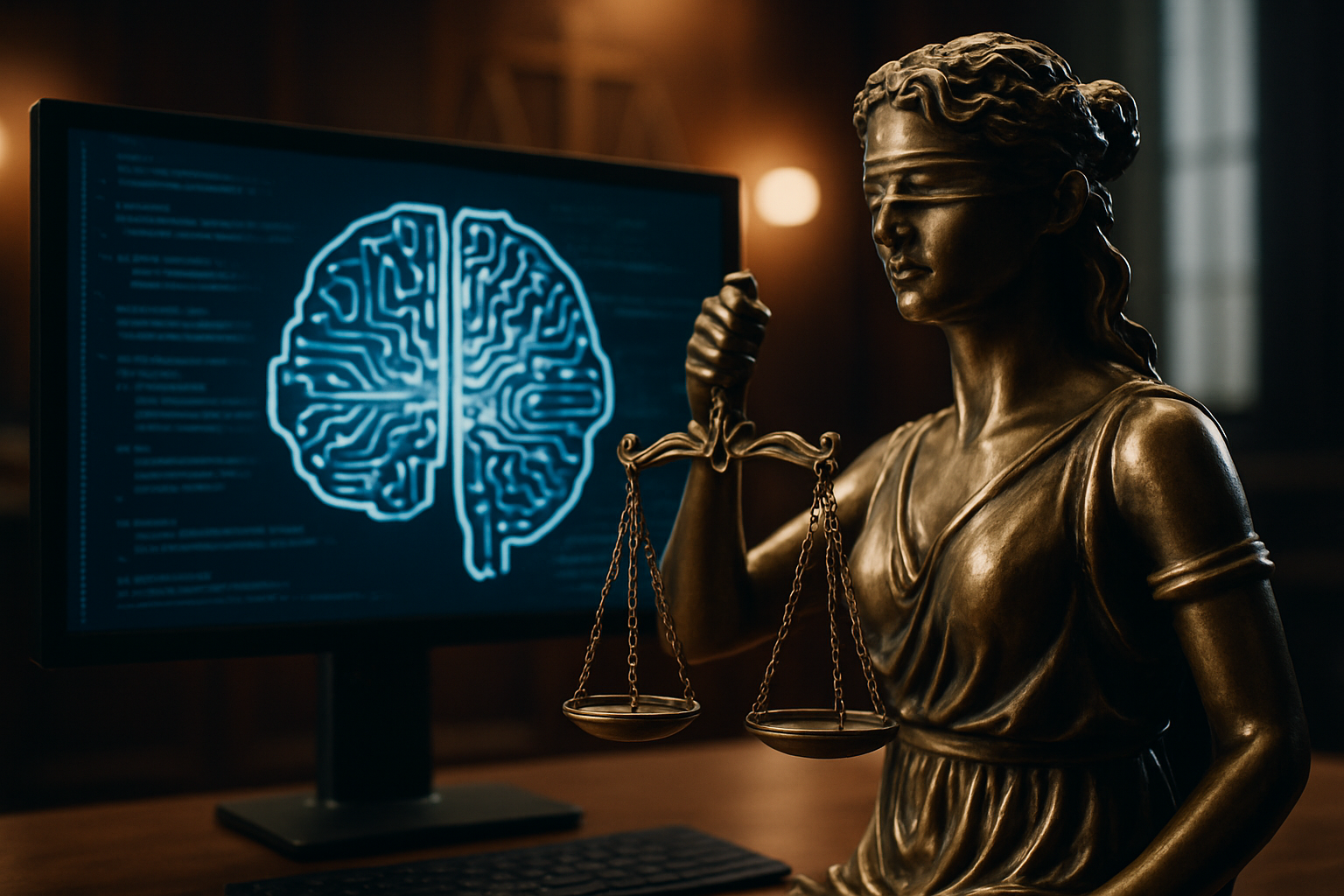Decoding the Legal Complexities of Algorithmic Bias
In an era dominated by artificial intelligence and machine learning, the legal landscape grapples with a new frontier: algorithmic bias. This phenomenon, where automated decision-making systems produce unfair or discriminatory outcomes, challenges traditional notions of equality and justice. As algorithms increasingly influence critical aspects of our lives, from hiring decisions to criminal sentencing, the legal community faces unprecedented questions about accountability, transparency, and fairness in the digital age.

Unveiling the Sources of Algorithmic Bias
Algorithmic bias can stem from various sources. Often, it originates from biased training data that reflects historical inequalities. For instance, if an AI system is trained on historical hiring data from a male-dominated industry, it may inadvertently discriminate against female applicants. Additionally, the design choices made by developers can introduce bias, even unintentionally. The selection of features, the weighting of variables, and the choice of algorithmic models all play a role in shaping outcomes.
Legal Challenges in Addressing Algorithmic Bias
The legal system faces significant hurdles in addressing algorithmic bias. Traditional anti-discrimination laws were not designed with AI in mind, creating gaps in protection. Proving discrimination in algorithmic decision-making is complex, as the inner workings of many AI systems are opaque, protected by trade secret laws. Moreover, the concept of intent, crucial in many discrimination cases, becomes murky when dealing with machine learning algorithms that evolve and make decisions autonomously.
Emerging Legal Frameworks and Regulatory Efforts
In response to these challenges, new legal frameworks are beginning to emerge. The European Union’s General Data Protection Regulation (GDPR) includes provisions on automated decision-making, granting individuals the right to explanation and human intervention. In the United States, proposed legislation like the Algorithmic Accountability Act aims to require companies to assess and mitigate the risks of bias in their AI systems. These efforts represent initial steps towards creating a comprehensive legal approach to algorithmic fairness.
The Role of Transparency and Explainability
A key focus in the legal discourse surrounding algorithmic bias is the concept of transparency. Many argue that to ensure fairness, AI systems must be explainable and open to scrutiny. This principle clashes with the proprietary nature of many algorithms, leading to debates about balancing intellectual property rights with public interest. Some proposed solutions include mandatory audits of AI systems, the creation of regulatory bodies specializing in algorithmic oversight, and the development of technical standards for fairness in machine learning.
Liability and Responsibility in AI Decision-Making
Determining liability for harm caused by biased algorithms presents another legal conundrum. Should responsibility lie with the developers, the companies deploying the systems, or the data providers? Some legal scholars propose adapting product liability laws to cover AI systems, while others advocate for a new legal framework specifically tailored to algorithmic decision-making. The concept of algorithmic negligence is also gaining traction, suggesting that failure to adequately test and monitor AI systems for bias could be grounds for legal action.
Intersection with Constitutional and Civil Rights
Algorithmic bias intersects with fundamental constitutional and civil rights issues. When used in government decision-making, biased algorithms can potentially violate due process and equal protection clauses. In the private sector, they may run afoul of civil rights legislation like the Fair Housing Act or Title VII of the Civil Rights Act. Courts are beginning to grapple with these issues, setting precedents that will shape the future of AI governance.
International Perspectives and Global Harmonization
The global nature of technology necessitates international cooperation in addressing algorithmic bias. Different legal traditions and cultural values lead to varying approaches to AI regulation worldwide. While the EU takes a more proactive, rights-based approach, the US tends to favor industry self-regulation. Harmonizing these diverse approaches to create a cohesive global framework for algorithmic fairness remains a significant challenge for international law.
In conclusion, the legal complexities of algorithmic bias represent a frontier in jurisprudence, challenging traditional legal concepts and requiring innovative approaches. As AI continues to permeate society, the legal system must evolve to ensure that the promise of technological advancement does not come at the cost of fairness and equality. The ongoing dialogue between technologists, policymakers, and legal experts will be crucial in shaping a just and equitable digital future.





